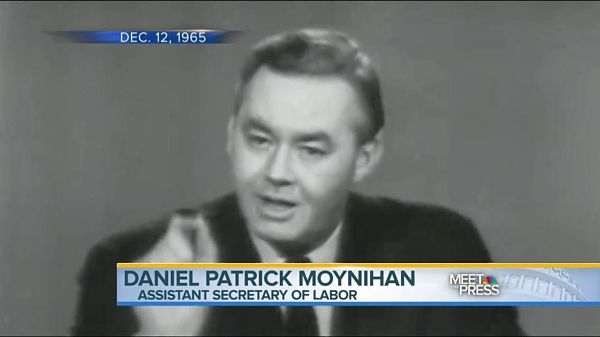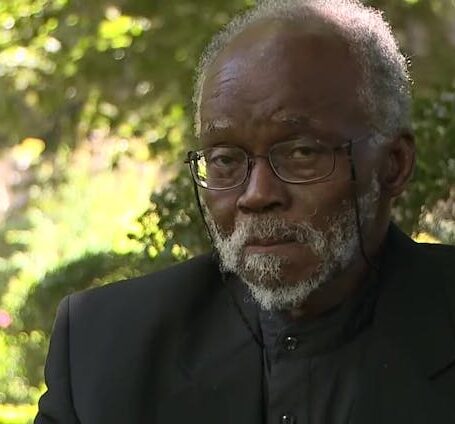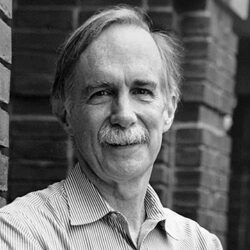Auction Theorists Win 2020 Economics Nobel
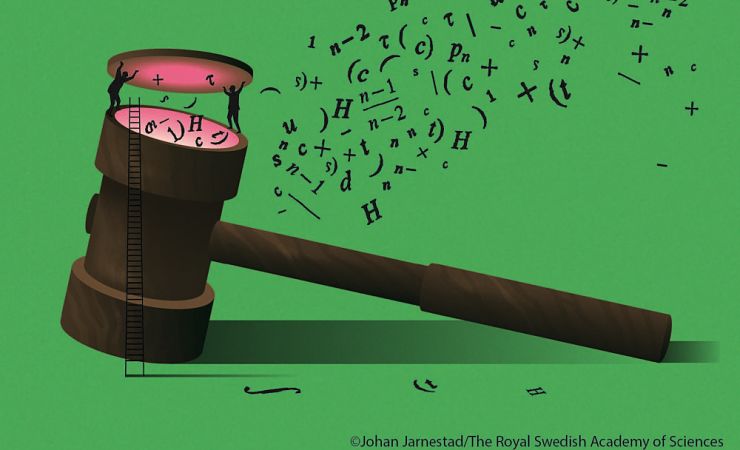
Two economists whose work on how auctions work shone a much broader light on how people value and price goods and service have received the 2020 Nobel Prize in economics. Robert Wilson and Paul Milgrom, both based at Stanford University, learned early Monday – 2:15 a.m. their time — that they had won the prize, more properly named the Sveriges Riksbank Prize in Economic Sciences in Memory of Alfred Nobel.
As co-winners, each will receive 5 million Swedish Krona, worth US$570,000 or £440,000.
Wilson is the Adams Distinguished Professor of Management, emeritus, at the Stanford Business School, where he has been on the faculty since 1964. He served as director of Stanford’s Center on Conflict and Negotiation in 1990 and Institute of Theoretical Economics from 1993 to 1995. He was inducted into the National Academy of Sciences in 1994.
Milgrom is the Shirley and Leonard Ely professor of Humanities and Sciences in the department of economics and professor by courtesy at Stanford Graduate School of Business. He has been at Stanford, where he earned his PhD, since 1987. Milgrom was the founding director of the Stanford Institute for Theoretical Economics and is director of the Program on Market Design at SIEPR.
“This year’s Laureates in Economic Sciences started out with fundamental theory and later used their results in practical applications, which have spread globally,” Peter Fredriksson, chair of the prize committee, was quoted. “Their discoveries are of great benefit to society.” Or, as the Golden Goose Award noted when it awarded them (and economist Preston McAfee) and their then-unheralded contributions in 2016, “The economic activity they have made possible, and the changes they have made in the way Americans live, seem incalculable – and not at all theoretical.”
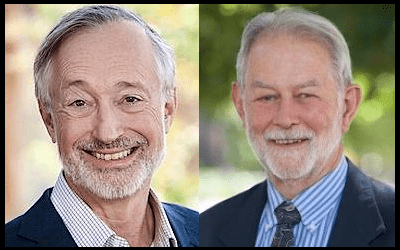
Wilson, 83, and Milgrom, 72, have long worked together – Wilson was Milgrom’s PhD dissertation advisor – since the late 1970s. Both had an interest in auctions. Wilson had been an influential theorist since his paper “The Theory of syndicates” appeared in Econometrica in 1968, and he had gone on to create body of work around auctions of object with a common value. As the Nobel committee wrote, about ‘common value,’ “a value which is uncertain beforehand but, in the end, is the same for everyone. Examples include the future value of radio frequencies or the volume of minerals in a particular area. Wilson showed why rational bidders tend to place bids below their own best estimate of the common value: they are worried about the winner’s curse – that is, about paying too much and losing out.”
Milgrom’s work took a slightly different tack. Again, as the committee explained, “Paul Milgrom formulated a more general theory of auctions that not only allows common values, but also private values that vary from bidder to bidder. He analyzed the bidding strategies in a number of well-known auction formats, demonstrating that a format will give the seller higher expected revenue when bidders learn more about each other’s estimated values during bidding.”
Both approaches came together when Milgrom received a call asking for auction expertise from the U.S. Federal Communications Commission. “I was not working on practical things at all in 1993 when Bob and I were both mostly interested in economic theory,” Milgrom told the Nobel Committee on Monday, “and I remember there was a need for an auction for radio-spectrum in the US, there are now auctions for radio-spectrum all over the world, and Congress had just authorized it, and nobody knew how to do it, because of the complexities involved and that particular design. When people called me, I thought ‘Well, I don’t know how to do it’, that’s you know, there’s all kind of practical details I don’t know anything about. And they asked me to look at the proposal that had been made, and I looked at it and said, ‘Well, I may not know the best way to do it, but I can do better than that’ and I started talking to Bob.”
The FCC’s goal was to create market efficiency to ensure the most effective possible development of consumer markets for communications and media. This is set against a need to account both for bidders’ varying needs and for their gaming strategies.
Milgrom and Wilson invented new formats for auctioning off many interrelated objects simultaneously, on behalf of a seller motivated by broad societal benefit rather than maximal revenue. In 1994, the US authorities first used one of their auction formats, the so-called simultaneous multiple round, to sell radio frequencies to telecom operators. Since then, many other countries have followed suit.
Since then the FCC has held dozens of such auctions, and similar SMR auctions have sold gas stations, airport slots, telephone numbers, fishing quotas, emissions permits, and electricity and natural gas contracts.
“Bob Wilson and Paul Milgrom’s path-breaking discoveries in auction theory opened up new possibilities in real-world transactions,” Stanford President Marc Tessier-Lavigne was quoted in a release from the university. “Their insights into bidding and pricing have become integral to our modern economy. Their work is a shining example of the ways in which both fundamental discovery and its application to practical solutions make enormous contributions to modern society.”


